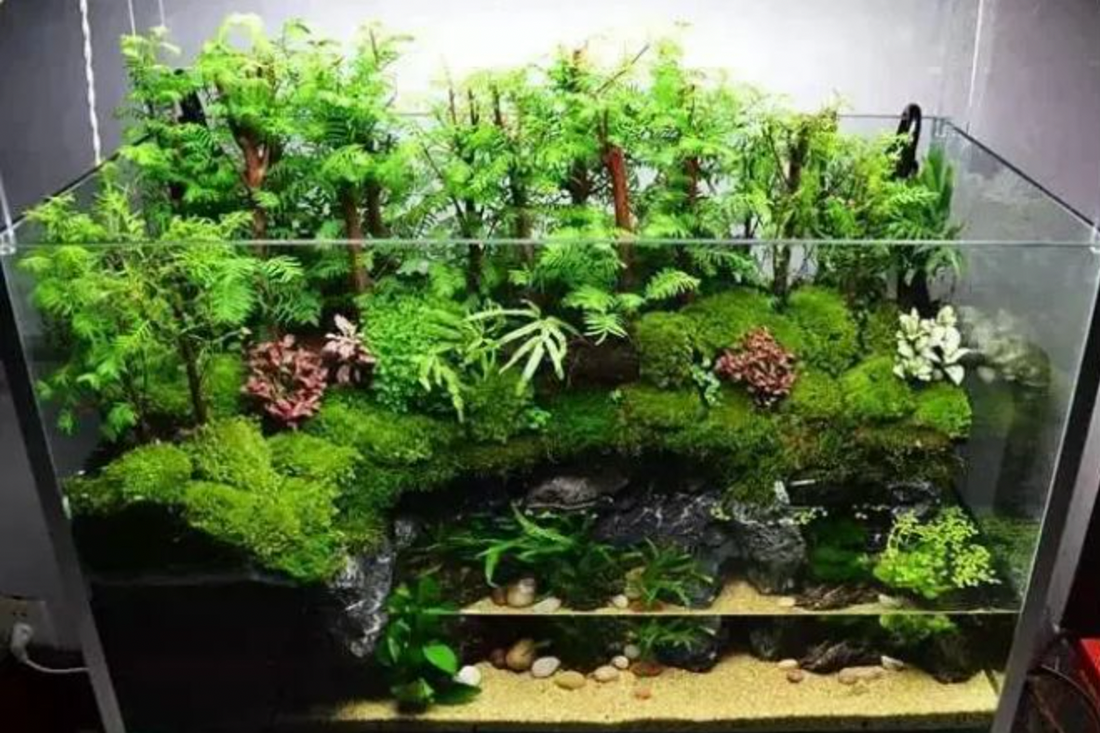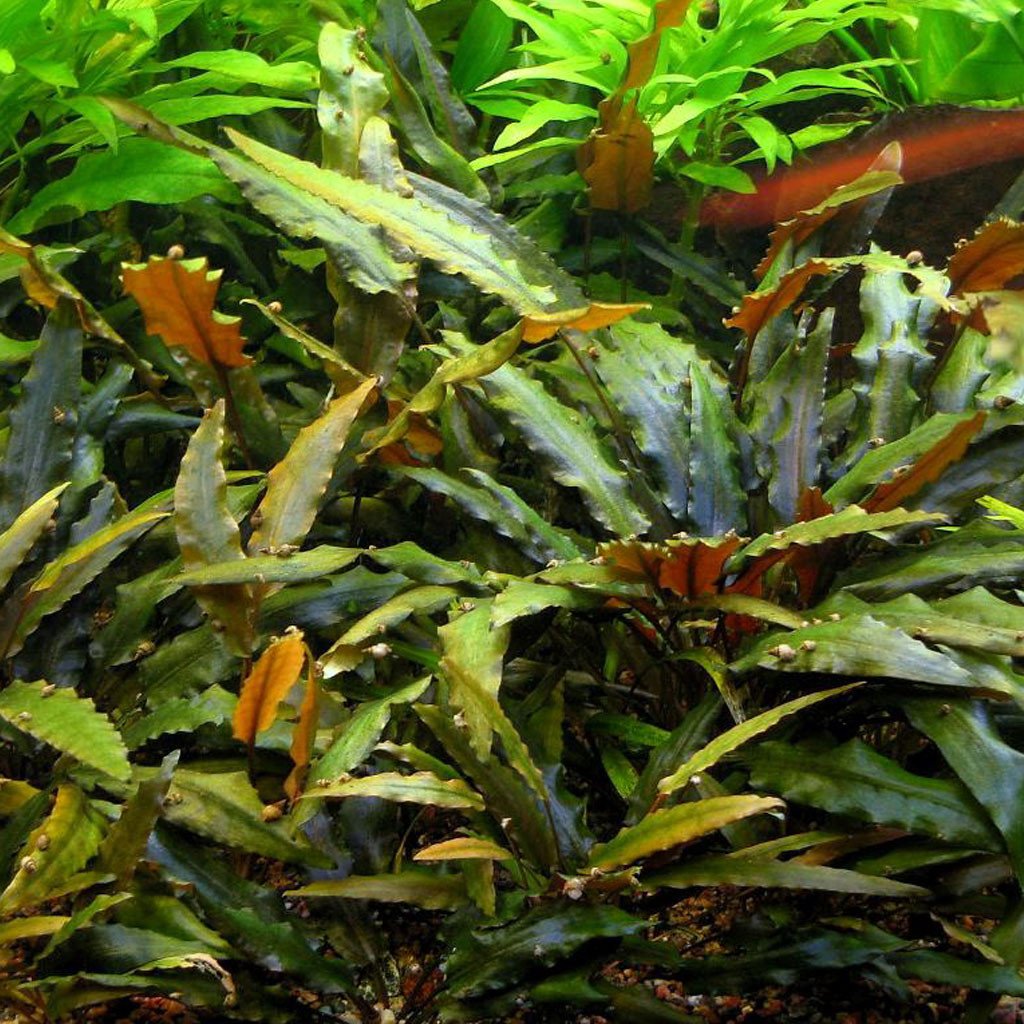
How to Revive Dying Aquarium Plants Before It’s Too Late
Watching your aquarium plants wither away can be discouraging—yellow leaves, melting stems, or floating bits are all signs something isn’t right. The good news? In most cases, you can bring plants back to health with a few adjustments. Here’s how to revive dying aquarium plants before it’s too late.
1. Identify the Symptoms
Different problems show up in different ways:
-
Yellowing leaves → Often a sign of nutrient deficiency.
-
Melting or transparent leaves → Stress from new tank conditions or poor water quality.
-
Plants floating or uprooting → Weak or damaged roots.
-
Black or mushy leaves → Rot that needs to be trimmed away.
Spotting the symptoms early gives you the best chance of saving your plants.
2. Remove Dead or Rotting Parts
Plants can’t recover damaged leaves. Use sharp aquascaping scissors to trim away any mushy, black, or dying sections. This stops rot from spreading and allows the plant to focus on new growth.
3. Check Water Conditions
Healthy plants depend on a stable environment:
-
Temperature: Keep it within the preferred range for your species (many do best at 72–78°F).
-
Lighting: Provide 8–10 hours of moderate to strong light. Too little light = weak plants, too much = algae takeover.
-
Water parameters: Test for ammonia, nitrites, and nitrates. Spikes in ammonia can melt plants quickly.
4. Feed Your Plants
A lack of nutrients is one of the top reasons plants decline. Here’s how to fix it:
-
Root feeders (like Amazon Swords, Crypts, Tiger Lotus): Add root tabs directly under the substrate near the roots.
-
Water column feeders (like Java Fern, mosses, stem plants): Use an all-in-one liquid fertilizer to supply essential nutrients like potassium and iron.
-
For best results, use both if you have a mixed tank.
5. Replant and Anchor Loose Plants
If your plant is floating, trim the base and replant the healthy stem or root ball into the substrate. Use plant weights or small rocks to hold it down until roots develop.
6. Be Patient
Most plants go through an adjustment period, especially when moved to a new tank. Some, like Cryptocoryne, may “melt” completely before regrowing healthier leaves adapted to your water. Don’t throw them out too quickly—give them a few weeks to bounce back.
Final Tip: Prevention is Easier than Revival
Regular trimming, proper fertilization, and stable tank conditions will keep your plants thriving long-term. A little consistency goes a long way in preventing plant die-off.








